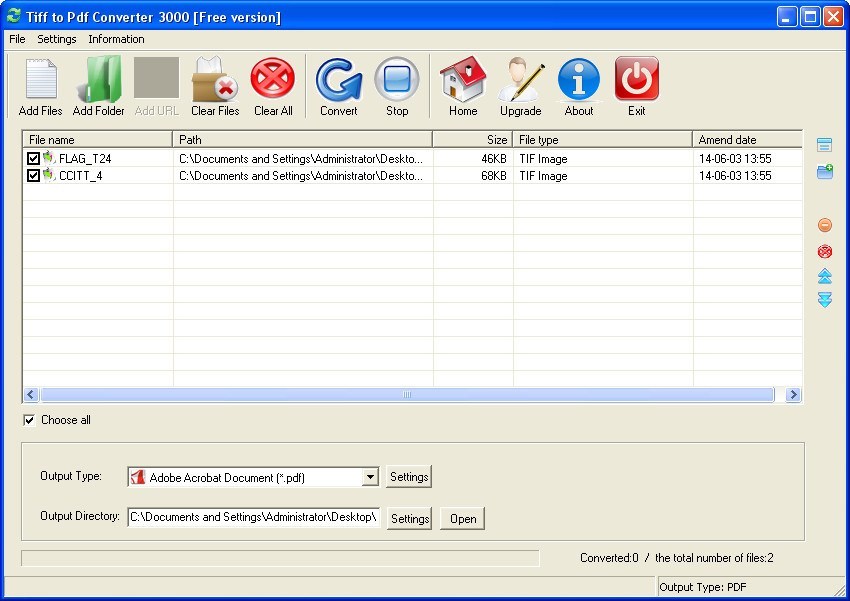
It enables you to process the TIFF files with 8 bits, 16 bits, 24 bits and even 48 bits.
#Tiff decompressor free for mac#
WidsMob Viewer Pro is the best TIFF viewer for Mac that supports Retina display of TIFF images. WidsMob Viewer Pro - Smart TIFF Viewer for Mac We actually make a shapefile first and then convert to DXF, so there is nothing gained for an ArcGIS user to pick DXF.Top 1. The AutoCAD DXF format can be read into ArcGIS, but you’ll be happier with the shapefiles. Shapefiles are an open format from ESRI and should have no problem importing into ArcGIS. There are two formats available, though I hope to add LandXML as a better solution for CAD users. ContoursĬontours are currently only available by generating them in the DAV from point cloud data sets. It’s a proprietary format, so we usually transform to TIFF or IMG if we receive them. There might be some that we missed though. While this will have no problem being read by ArcGIS, it isn’t an option for DAV and there shouldn’t be any in the bulk download. This should also load into ArcGIS without any issues. It’s possible you may need to force generation of statistics for it to recognize the NaNs. Newer versions of ArcGIS should handle both of those. TIFF files will either use an IEEE not a number (NaN) value or will use an additional tag proposed by GDAL. The base specification for TIFF does not have a tag for no-data, but you’ll often have DEMs that have void areas. The possible problem you might have is related to the no-data value. Often just called TIFF files, these should work just fine in ArcGIS.
#Tiff decompressor free download#
The bulk download DEMs will be the solid earth points while you can make some choices, maybe too many, about what points to use. The DAV will give you a choice of output formats while the bulk download will typically have whatever was the original format for the data. Usually it’s only the ground points, though it doesn’t have to be. Digital Elevation Models (DEM)ĭigital Elevation Models are a raster format representing a surface interpolated from the point cloud data. This can be imported into ArcGIS the same way you’d import any other ASCII table of data. only ground points), make sure you do it in the DAV because there won’t be any info later. It is only going to give you the x,y,z values.

The ASCII format option is a bit restricted. Note that all of the bulk download point clouds are in LAZ format, geographic coordinates, and NAVD88 vertical meters (except a few rare cases where that isn’t possible). To use LAZ with ArcGIS, you simply use the laszip tool above to convert to LAS and then proceed as normal. They use a different compression called zLAS, however, that format is proprietary. The compressor/decompressor is laszip (free). This is an open source format for a compressed LAS file.

You just have to make a new LASD and add the LAS files to it. ArcGIS should have no problem reading this, including LAS version 1.4 (the newest). LAS format is a standard from ASPRS and is a very common format for airborne lidar. Make sure you see the note at the end of this post if you’re planning to derive surfaces from the point clouds. The DAV gives you the option of the formats for point clouds. Here’s the output options and how they relate to ArcGIS: Lidar Point Clouds
#Tiff decompressor free manual#
If the name does have DEM in it, we’re starting with a DEM someone made from the point cloud and likely applied breaklines and some manual labor to clean up artifacts. It will be an automated process without breaklines. If the data set name doesn’t have DEM in it, we’re starting from a point cloud and the DEM or contours will be derived from the point cloud upon request. If you get data from the DAV, it could be a point cloud, a DEM, or con Not much in the way of choices, but you can grab it all. Pretty much a web area with the files you can download for entire data sets. The drawback is that there are size limits to what you can get and we’ll have to process it (no charge though). First is our custom download application, the Data Access Viewer ( DAV), that lets you subset the data, convert projections and datums, derive some product types, and choose an output format. Let’s start off with our two main mechanisms for getting data.


 0 kommentar(er)
0 kommentar(er)
